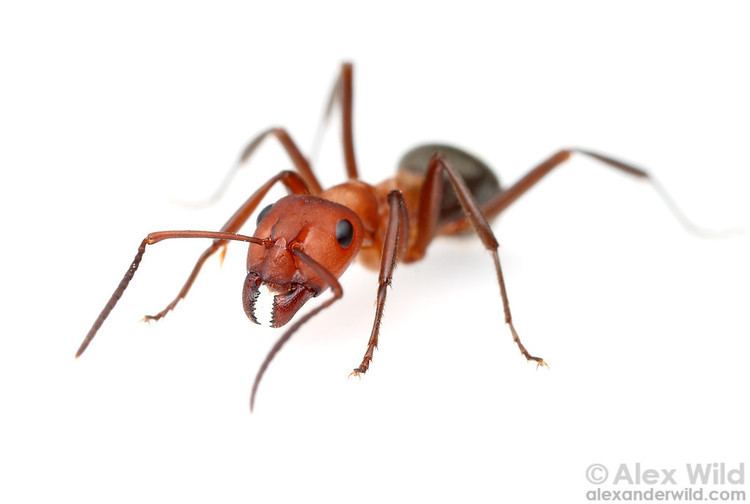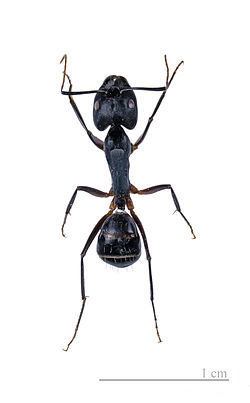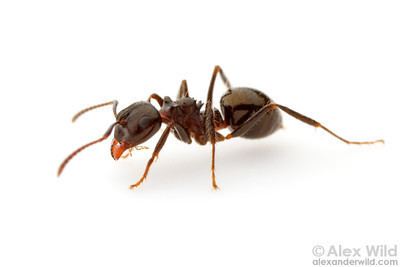Rank Subfamily | Scientific name Formicinae Higher classification Ant Order Hymenopterans | |
 | ||
Lifespan Black garden ant: 15 years Lower classifications | ||
The Formicinae are a subfamily within the Formicidae containing ants of moderate evolutionary development.
Contents
Formicines retain some primitive features, such as the presence of cocoons around pupae, the presence of ocelli in workers, and little tendency toward reduction of palp or antennal segmentation in most species, except subterranean groups. Extreme modification of mandibles is rare, except in the genera Myrmoteras and Polyergus. However, some members show considerable evolutionary advancement in behaviors such as slave-making and symbiosis with root-feeding hemipterans. Finally, all formicines have very reduced stings and enlarged venom reservoirs, with the venom gland, specialized (uniquely among ants) for the production of formic acid.

All members of the Formicinae "have a one-segmented petiole in the form of a vertical scale".
Identification

Formicine ants have a single node-like or scale-like petiole (postpetiole entirely lacking) and the apex of the abdomen has a circular or U-shaped opening (the acidopore), usually fringed with hairs. A functional sting is absent, and defense is provided by the ejection of formic acid through the acidopore. If the acidopore is concealed by the pygidium and difficult to discern, then the antennal sockets are located well behind the posterior margin of the clypeus (cf. Dolichoderinae). In most formicines, the eyes are well developed (ocelli may also be present), the antennal insertions are not concealed by the frontal carinae, and the promesonotal suture is present and flexible.
Tribes and genera

The tribal structure of Formicinae is not completely understood. This list follows the scheme at AntCat, but other schemes and names are used.



